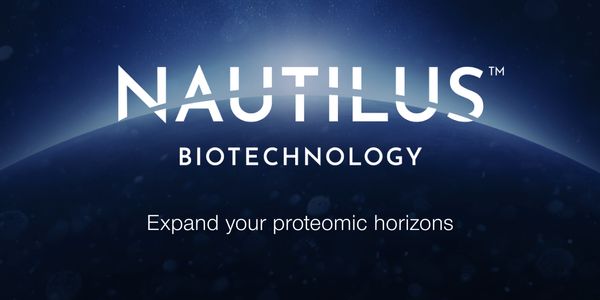Panel Presentation: New Tools to Tackle Multiplex Imaging Challenges in Spatial Proteomics with Live Q&A
Spatial proteomics, selected as the 2024 Method of the Year by Nature Methods journal (1), is an emerging scientific discipline that focuses on studying proteins within their spatial contexts, providing comprehensive insights into cell types and their interactions within the native tissue microenvironment. Protein tissue mapping is crucial for understanding processes such as metastasis, immune evasion, malignant cell growth, angiogenesis, and therapeutic drug resistance in immunology and oncology research (2). Spectral imaging, a key technology in spatial proteomics, captures light emitted by several fluorophores in a single imaging round, allowing simultaneous visualization of multiple protein targets while preserving tissue integrity. However, spectral imaging currently faces challenges such as the cumbersome processing, known as unmixing, needed to resolve overlapping fluorescent signals, especially when detecting more than six protein targets. Unmixing often lacks transparency and is limited to certain proprietary dyes, significantly reducing the choices available to researchers. The Invitrogen EVOS S1000 Spatial Imaging System addresses these challenges by providing a simplified workflow that supports up to 9-plex imaging in a single round, with fast, integrated, automated unmixing. It is compatible with most commonly available labeling methods and dyes, and those can be easily selected by the user to configure acquisition protocols. Additionally, it offers an unmixing quality metric report that allows scientists to pre-assess the image quality of their 9-plex samples and gain confidence in the outcome of their results. This positions the EVOS S1000 as an attractive new tool for advancing research in spatial proteomics.
References:
1. Method of the Year 2024: spatial proteomics. Nat Methods 21, 2195–2196 (2024) (https://www.nature.com/articles/s41592-024-02565-3)
2. Wang XQ et al. Spatial predictors of immunotherapy response in triple-negative breast cancer. Nature. 2023 Sep;621(7980):868-876. (https://www.nature.com/articles/s41586-023-06498-3)
Learning Objectives:
1. Understand the fundamentals of spatial proteomics imaging and its significance in current research.
2. Explore how the EVOS S1000 Imaging System streamlines the process of tissue imaging for spatial localization of proteins.
3. Get familiar with multiple new spatial reagents options and their benefits.





